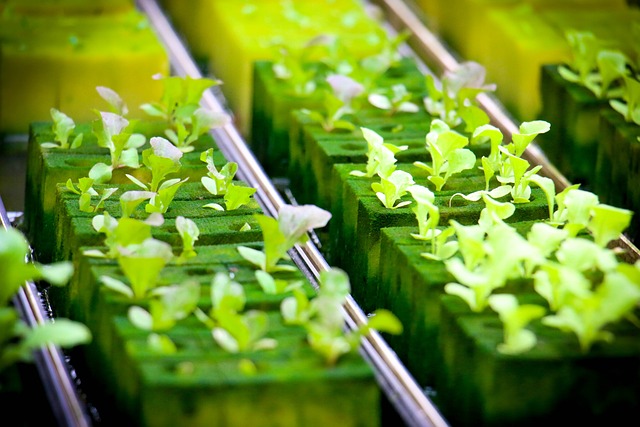In 2024, the hydroponics industry is witnessing rapid growth, driven by the increasing demand for sustainable farming practices, advancements in technology, and the urgent need to address food security challenges. Hydroponics, the method of growing plants without soil, is revolutionizing agriculture by offering an efficient, resource-saving alternative to traditional farming. As the world faces environmental pressures, urbanization, and water scarcity, Hydroponics Market presents an innovative solution to meet the demands of a growing global population.
What is Hydroponics?
Hydroponics is the practice of cultivating plants in a water-based, nutrient-rich solution, bypassing the need for soil. Plants are grown in a controlled environment, where water, nutrients, and light are carefully managed to promote healthy growth. With the help of various systems like deep water culture (DWC), nutrient film technique (NFT), and aeroponics, hydroponics offers an alternative to traditional agriculture that can be practiced indoors or in areas where soil quality is poor.
Factors Driving Hydroponics Growth in 2024
- Sustainability and Resource Efficiency: In an era of climate change, hydroponics provides a more sustainable approach to farming. Unlike conventional farming, hydroponics uses significantly less water, reducing the environmental impact of agriculture. It also eliminates the need for pesticides and herbicides, leading to cleaner, healthier produce. As awareness of sustainability increases, more farmers and investors are turning to hydroponics as a solution to global food security and environmental challenges.
- Urbanization and Space Constraints: With the world’s population steadily increasing, urban areas are expanding, and the demand for fresh, local food is rising. However, limited space in cities makes traditional farming methods difficult. Hydroponics addresses this issue by enabling the cultivation of crops in confined spaces, such as rooftops, abandoned buildings, and vertical farms. In 2024, the trend toward urban farming is expected to accelerate, with more cities adopting hydroponic systems to feed their populations.
- Technological Advancements: One of the key drivers of hydroponics’ growth is technological innovation. In recent years, significant progress in automation, LED lighting, and climate control systems has made hydroponic farming more efficient and cost-effective. Automated systems now allow for better monitoring of water quality, nutrient levels, and light conditions, helping growers optimize their yields. These advancements are making hydroponics more accessible to both small-scale farmers and large commercial operations.
- Government Support and Investment: As governments worldwide prioritize food security and sustainability, there has been increased support for hydroponic farming. In 2024, we are seeing more funding, incentives, and policy changes aimed at encouraging the adoption of hydroponics. This includes subsidies for startups, research grants, and tax breaks for businesses investing in green technology.
- For More Info: – https://www.gmiresearch.com/report/hydroponics-market-by-plant-type-inorganic-organic/
The Future of Hydroponics
As we look toward the future, hydroponics is poised to become a mainstream solution for sustainable food production. The growth of vertical farming, coupled with increased demand for fresh, locally grown produce, will likely drive further expansion in the hydroponics sector. As technological innovations continue to evolve, the efficiency and scalability of hydroponic systems will improve, making them even more viable for widespread adoption.
In conclusion, the hydroponics industry is experiencing exciting growth in 2024, fueled by the need for sustainable farming solutions, urbanization, and advancements in technology. With its potential to conserve resources, improve crop yields, and support food security, hydroponics is set to play a crucial role in shaping the future of agriculture.
